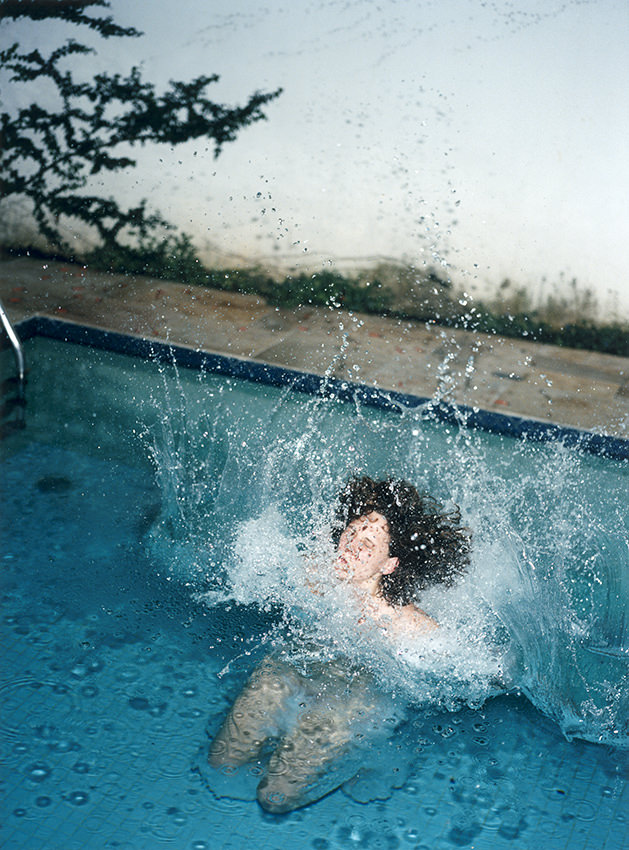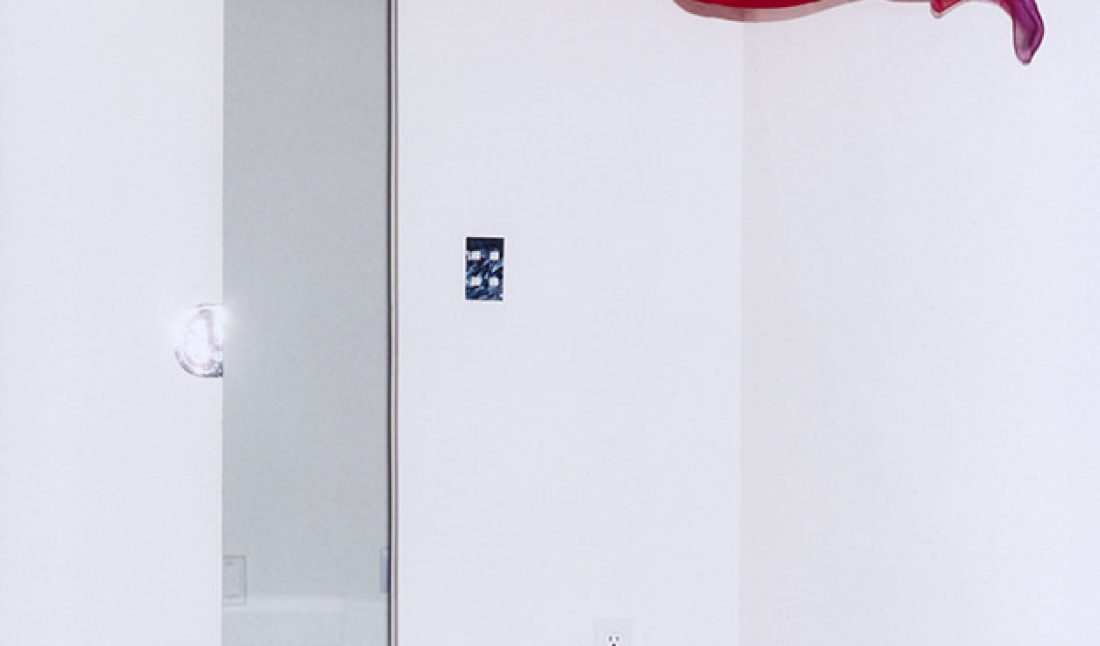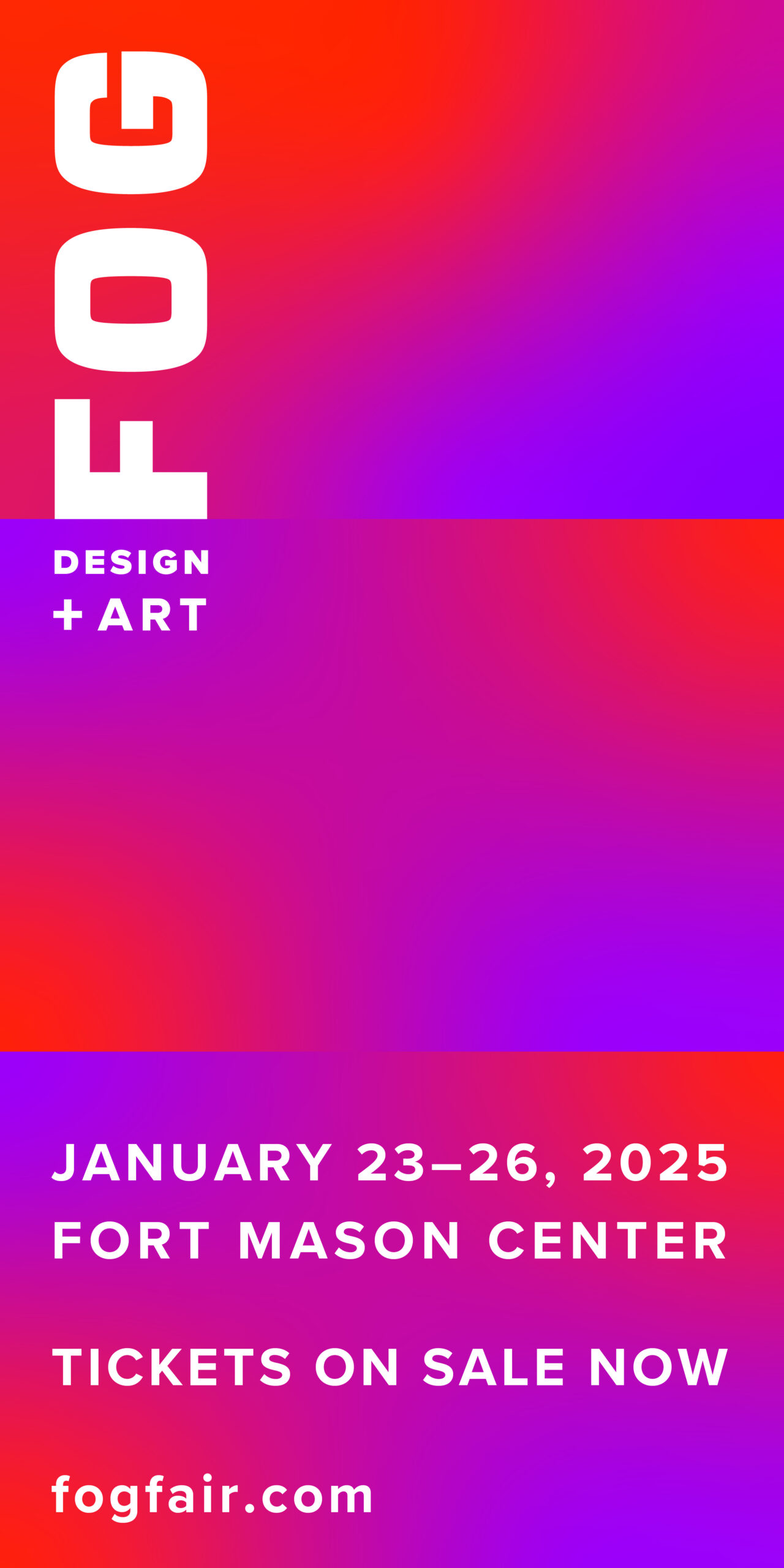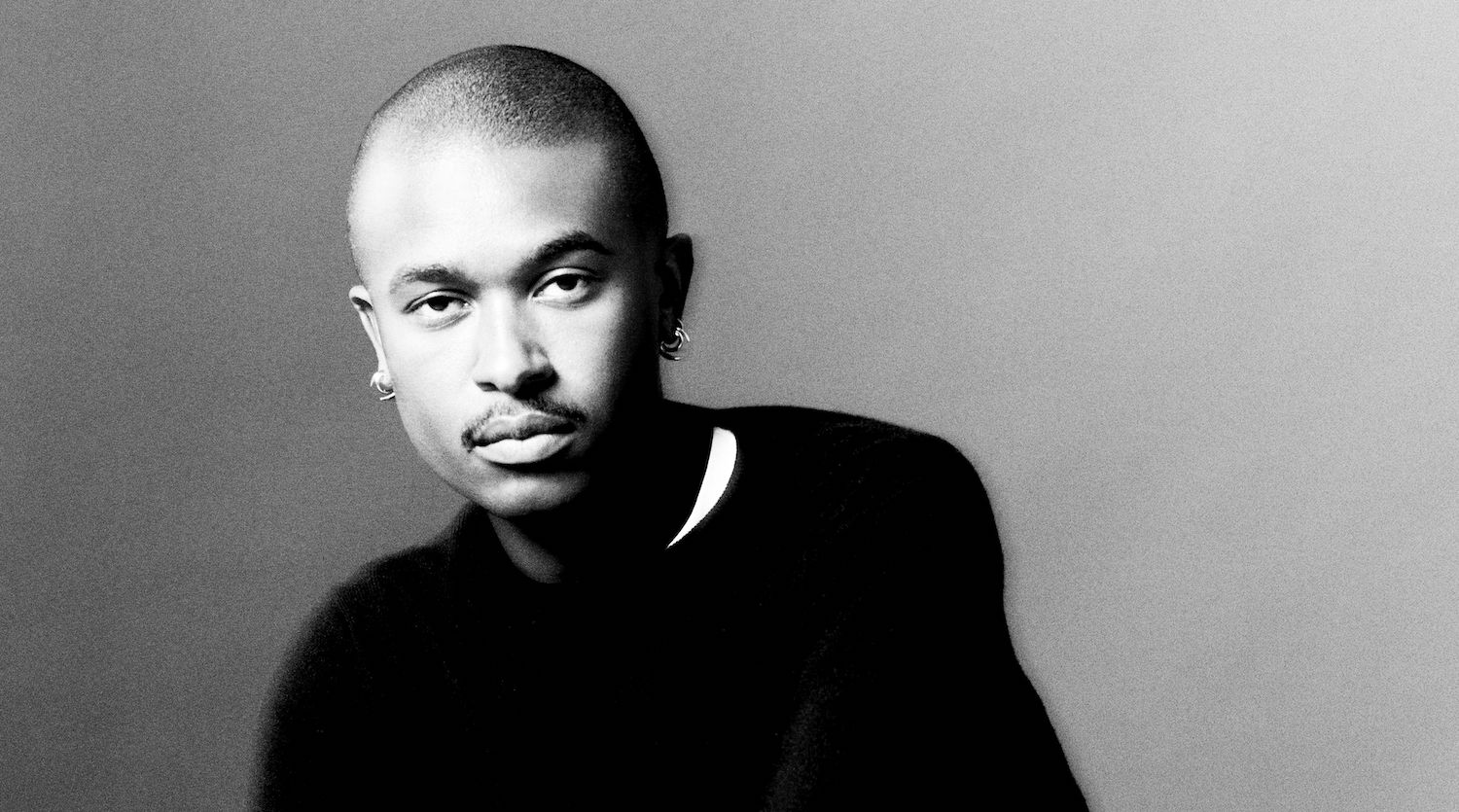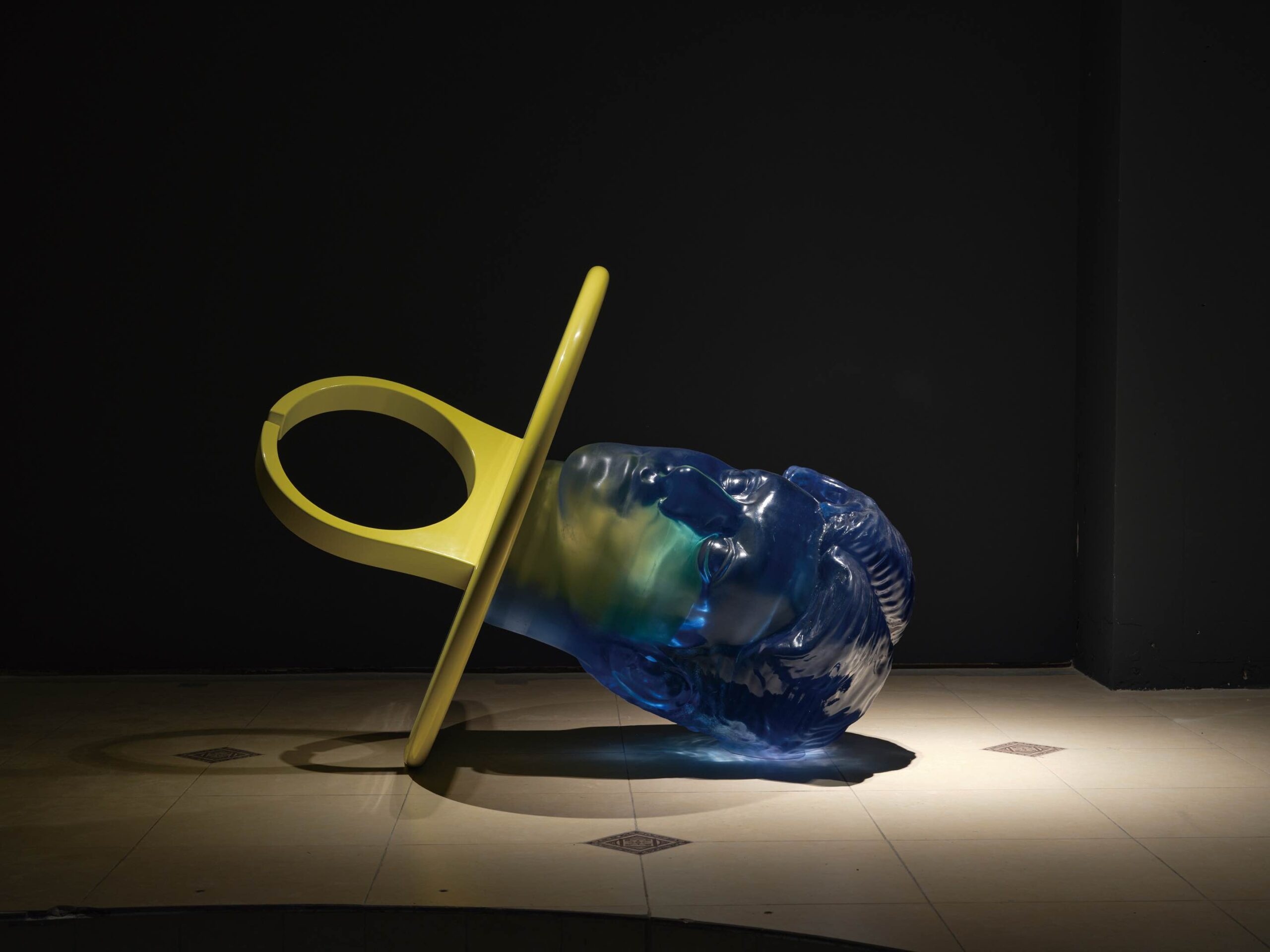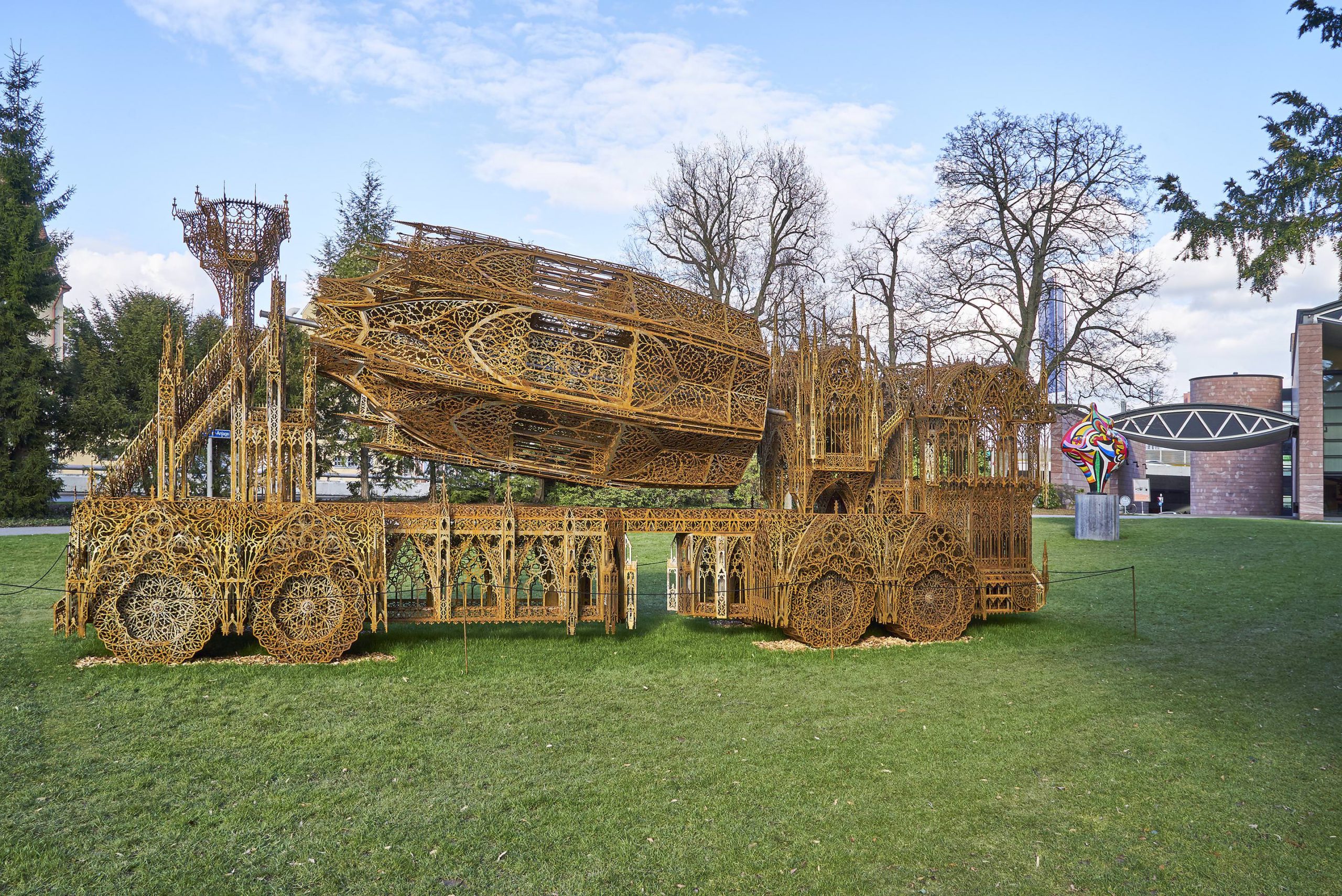Escaping a dreary New York rainstorm into the enormously, airy Chinatown studio of Brazilian photographer Marcelo Krasilcic – where he’s worked for 16 years – four giant silver balloons reading “1990” greet us, confirming that we are in the right place. Pointing to the balloons, Krasilcic explained that he just hosted a party celebrating the recent publication of his book, 1990s, a collection of his photographs from that period.
Krasilcic moved to New York at the beginning of that decade. His minimal, intimate, and erotic photographs defined the aesthetic of the era through publications like Dazed and Confused, Visionaire, and Purple. Similar to photographers of his generation such as Juergen Teller and Wolfgang Tillmans, Krasilcic blurred the boundaries between fashion and art photography, placing importance on the concept of the photograph rather than the beauty of the garments. Combining portraits of celebrities like Chloe Sevigny and his album cover for Everything but the Girl with images of his Brazilian aunt and her girlfriend, Krasilcic’s 1990s reveals the end of the century concerns about sexuality, politics, and the semblance of the real in photographs.
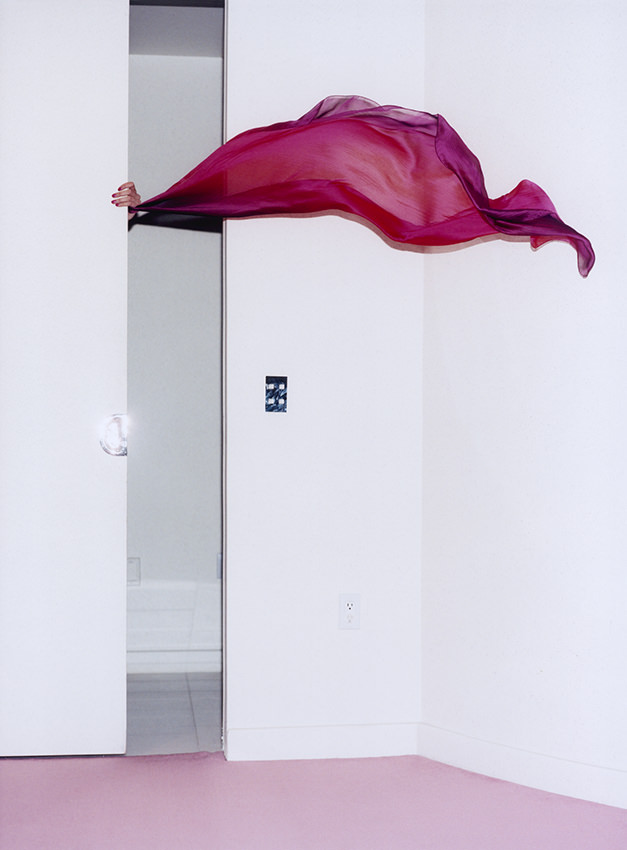
After taking a tour of Krasilcic’s studio and paging through 1990s, we spoke with the artist over green tea about what excites him about photography, the aesthetics of the nineties, and what it was like to look back through his work for the publication.
WHITEWALL: Your recently published book 1990s features some of your most iconic photographs from that period in New York. What drew you to photography in the ‘90s?
MARCELO KRASILCIC: I moved to New York in 1990 and went to NYU for photography. When I finished school, I was primarily doing artworks. I was in this amazing group exhibition with Nan Goldin and Alex Katz called “Some People,” curated by Jack Pierson. This was when all the galleries were in SoHo. I showed work both here and in Brazil. I started assisting other photographers in commercial work and began seeing the potential and the fun that commercial photography brings. As a commercial photographer, you get involved with all these talented people and it really made sense with the work I was doing at the time.
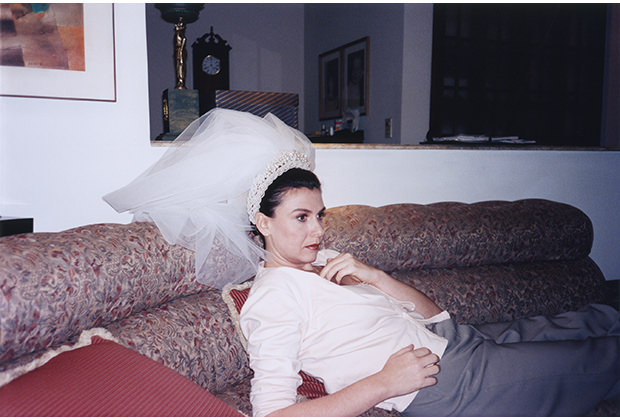
Photography excited me because of how people believe photographs are real. One of my most well known images is the Everything but the Girl album cover. People always say to me that they are on their way to the MTV awards in the photograph. No, they’re not. We had a stylist, hair, and makeup and we staged the whole thing to look real. That was exciting. It also turned out that the new magazines in the 1990’s such as Purple, Visionaire and Dazed and Confused all wanted this type of imagery as well.
WW: The book 1990s is divided into two sections: a section of vertical-oriented photographs and another with horizontal photographs, which are both magnetized so they can be joined to form the whole publication. What is the significance of having these two sides?
MK: When I moved to New York, I went to school for photography, but I also studied yoga. A lot of my questioning at the time had to do with how much control I have over things that are happening and how much is left to chance or my destiny? Ultimately, the conclusion I got is its all the same: my freewheeling destiny and my own choices are all one. The practical reason to have the two books is to have the images the same size. But also, having two books is like having two sides and by joining them with a magnet, they become one. It has a romantic aspect as well. You can separate them, but there is always an attraction.
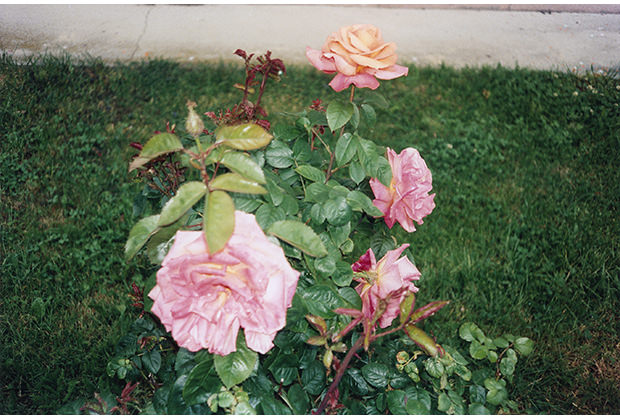
WW: When I look at the photographs in 1990’s, there is an unquestionable ‘90s aesthetic that pervades the photographs. How would you define the aesthetics of the ‘90s?
MK: There are many elements to the ‘90s-one of them is mixing models and friends. In my photographs, half of the subjects are friends and half of them are models. I loved the idea of bringing real people and things that mattered to my life into the stories.
I did this one shoot that I really love for Visionaire. Each photographer was given a designer to work with. I worked with Susan Cianciolo, who was the epitome of the ‘90s and one of the most creative fashion designers. Her collection that season had to do with shapes and sheered garments, playing with seeing some of the body. With that in mind, I decided to go to Brazil and shoot my mom, which made sense with the hiding and revealing, as well as the makeup. My mom is always sunbathing and likes to be super dark even though she’s not, so I put her in this white kabuki makeup that looked like a mask. She hated me for that. When I arrived in Brazil, I opened the newspaper and there was an article about street girls. There was a picture of a beautiful girl whose name was Darlene and was 18 years old. It said in the article her dream was to become a model. I contacted the newspaper and said it would be great to shoot her so I shot her with my mom, juxtaposing the two: poor, black street girl and my mom who is rich and white. The concept was to bring life and my concerns into the work.
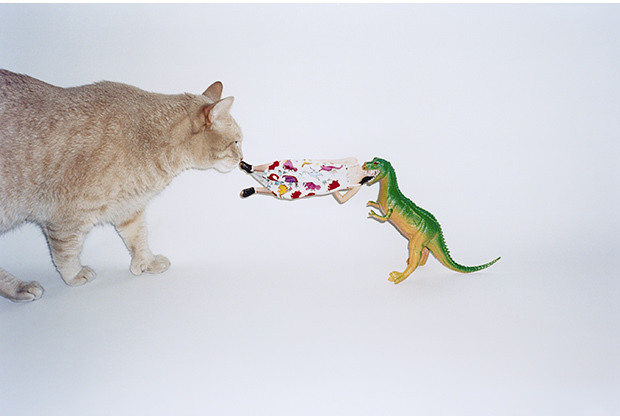
WW: The photographs from the 1990s seem more political.
MK: The ‘90s was the end of the millennium. We were all looking for answers and what was going to happen. So many people were dying of AIDS. I was involved a little bit with ACT-UP and went to a few protests. We were thirsty for change and transformation. It was political on a very personal level, which made it different from the group flower power from the late ‘60s. It was a more individual path we were all taking. It was important to combine my friends with models, as well as to take photographs that showed clothes and ones that didn’t. The ideas and the concepts made the clothes look better.
WW: The importance that you place on using your friends and models reminds me of Nan Goldin, who was from the previous generation in New York. What were your artistic inspirations?
MK: Nan Goldin was a huge inspiration, as well as Larry Clark. They were the first ones to use language of the realistic snapshot, which opened up possibilities for a whole new generation, my generation, to use and embrace whole-heartedly. The difference between photographers like Goldin and my generation is that they believe that what they shoot is reality. The big change in the ‘90s is that we recognized that a photograph is not reality. It is the reality that I want to tell you. It’s subjective.
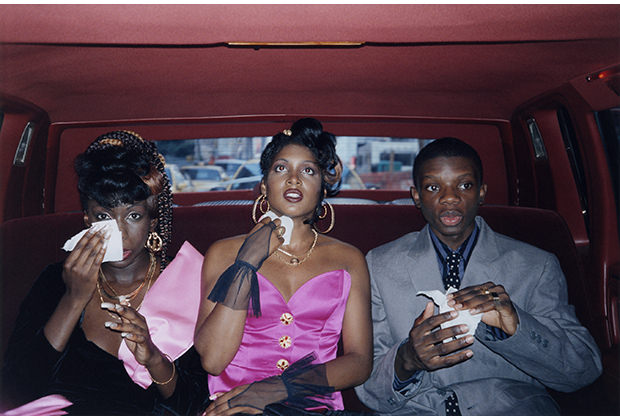
Similarly, this book is not just an overview of my life and work in the 1990s, but I have carefully selected the images to tell a particular story of what I believe, how I see my life and how I want to remember it.
WW: Similar to the looking back through your own personal history in your book, it seems that culturally we are looking back to the 1990s with exhibitions like the New Museum’s “NYC 1993.” Why do you think the 1990’s have resurfaced?
MK: Up until now, the ‘90’s were too recent and now, it’s been 20 years. Generally we always look back to a period of 20 years before. It was a fun and beautiful time. It is nice to recapture some of that angst and the need for deeper understanding that we had in the ‘90s. However, I’m not one of those people who believe that it was better then than now. The time I’m in now is always the most exciting because that’s what’s real, but it is also good to look back and get inspired.
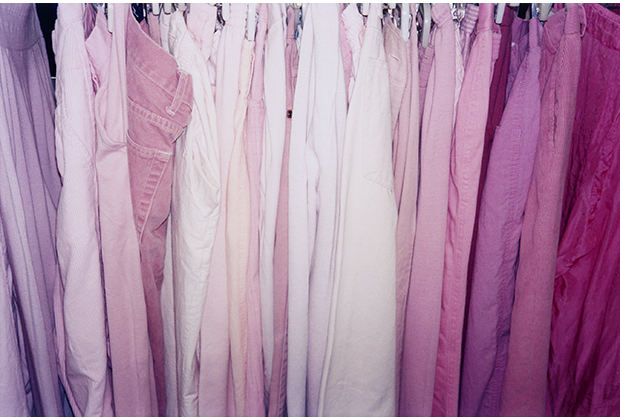
As for the book, I love the work and I wanted to compile it. I may not be the most well-known example from my peers in the 1990s compared to someone like Juergen Teller. It was important to me to put this work out there to remind people that I’m here, that I’ve done this incredible work and want to share it. There was also no Internet in the 90’s whereas today, I do a story, it comes out in a magazine in Italy and before I even see the magazine, the first person who received it, scans it and puts it on the Internet. There was no Internet then, so all of this work I love is not part of that universe. It was important to me that the work exists in a broader way.
WW: Your work exists both in fashion magazines and in galleries. Do you see a difference between art and fashion photography?
MK: Nowadays with the work I do, yes. Clothes have really taken the center stage in most of the jobs that I do. I really want to make sure the clothes look incredible. For the most part, I can’t have someone in a yoga pose because the clothes will look a mess. I have to be creative around that and bring an idea to make it work.
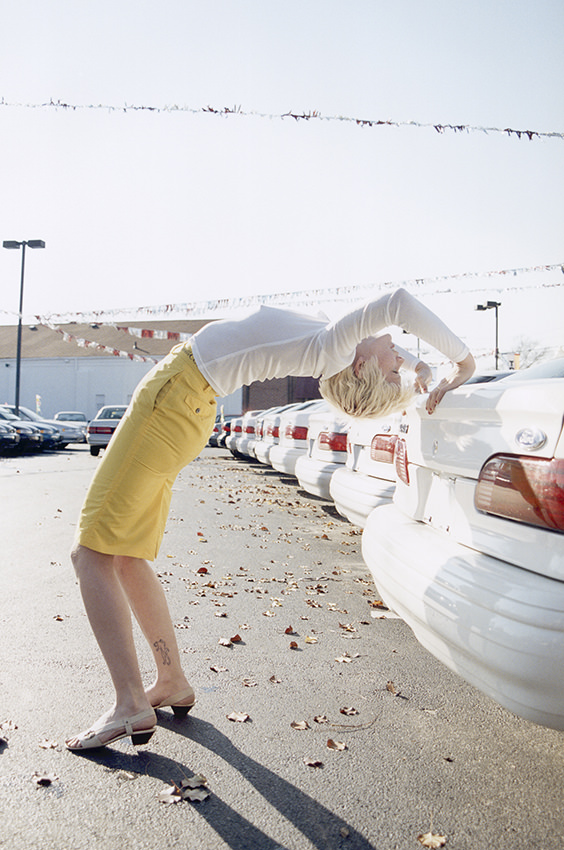
Photography has changed a lot and maybe some of the pictures I do could be seen as art. I like the honesty of fashion. In the 90’s, the lines between fashion and art were blurred. I really loved that. It’s about going beyond your limitations. In general, I thrive on limitations. When there is a limit to something, I try to think how can I go beyond and over it.
WW: What are your plans for the future?
MK: I’m really busy with work, which is exciting. I love traveling and I travel a lot. I am diving into all this work. Cooking is also very important to me. About two and a half years ago, I did a video called “Marcelo’s Green Diet,” which is really funny. I’m hoping to release at least one more video. I’m really fortunate to be able to mix jobs and travel with side projects that I really like. I’m a double Gemini so I always have these ongoing projects that I’m working on.
